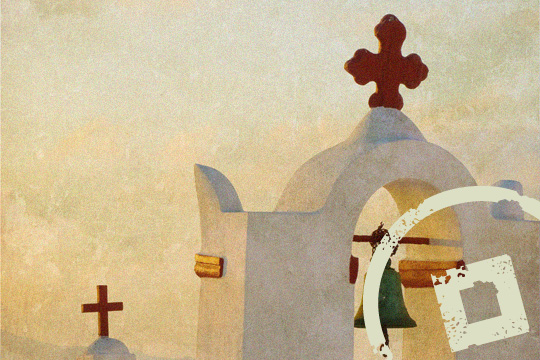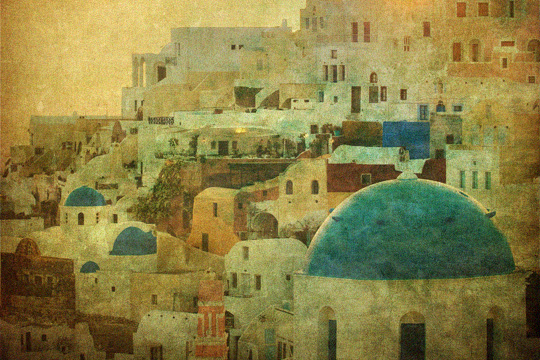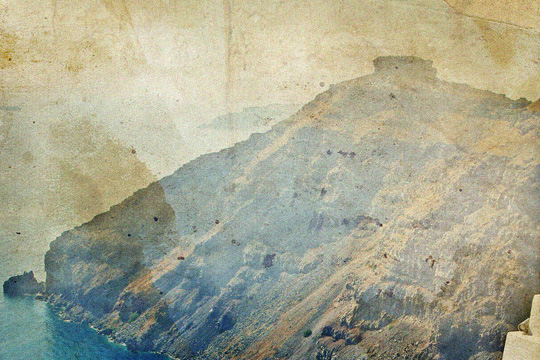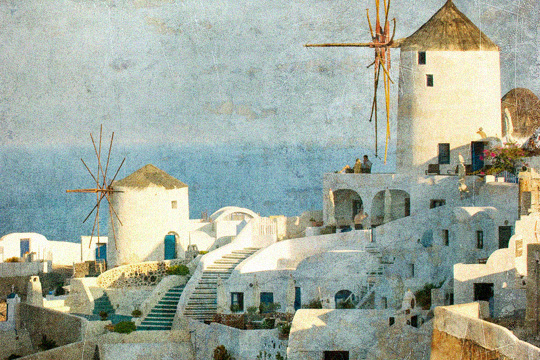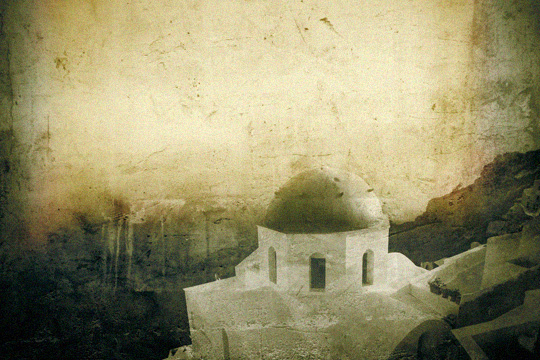Santorini is truly a unique place. Not only geographically, but also historically. The island’s destiny though was always defined by the volcano, as it was born, destroyed and brought back to life through its ashes.
The island was firstly habited on 3000 BC, under the name Kallisti or Stroggyli (round). The first residents were the Phoenicians, who created an astounding civilization in Akrotiri. The excavation brought to light an amazing settlement, which included multi-story buildings, warehouses, streets, a market and the most sophisticated sewage system.
Around 1450 BC, a strong volcano eruption totally destroyed the island, while a big part of it sunk in the depths of the Aegean. Stroggyli now looks like a half-moon, while from the eruptions two more islands were created: Thirasia and Palaia Kammeni. The tidal wave reached all the way to Crete, causing severe damages. Also, many historians link the destruction of the Minoan civilization to Santorini’s volcano eruption. After this massive destruction, the island remained deserted for almost 3 centuries.
At the end of the 12th century BC, the Dorians arrived to the island, which was renamed as Thira. New towns and a port were built and the island saw once more its old glory.
During the Byzantine era, and more specifically on the 3rd century AC, Thira becomes the commanding center of Bishop Dioskouros and Christianity prevails. Emperor Alexios A’ Komninos built the church of Virgin Mary in the village of Episkopi, which is now considered as the most important Byzantine monument of the island. In the village of Pyrgos, there is also a nice Byzantine museum with many icons from the area’s churches.
On 1204 the Francs took over the island and a new era begun. The disputes between the Dukes of Naxos and Santorini, the Ottomans’ invasion and the efforts of the locals to free the island, all had catastrophic consequences for Santorini.
In the mid 15th century, a strong earthquake led to the creation of another small island, within the arms of the half-moon and right next to Palaia Kammeni; the Nea Kammeni.
On 1579, Santorini became part of the Ottoman Empire. The island was already in a state of decadence, since all these centuries of disputes led to the annihilation of the population and were an obstacle to its social, political and economic development.
During the Ottoman Empire, the island actually had a few privileges and this is how the locals were occupied in trade and shipping and, finally, created their own fleet. The contribution of Santorini in the Greek Revolution was crucial. In 1821, it was the third most influential naval power in Greece, after Hydra and Spetses. In 1830, Santorini, together with the rest of the Cycladic islands, was attached to the liberated Hellenic State.
In 1956 yet another strong earthquake reminded Santorinians that they cannot evade their destiny. The damages were massive. However, the locals -used to fighting with nature- never abandoned their land, they rebuilt their villages, remained loyal to the traditional architecture and promoted the island’s beauty.
Today, Santorini is one of the most popular destinations in the world, not only for its astonishing natural beauty but also for its excellent tourism infrastructure, the high level of services, the unique and distinctive beaches and its traditional delectable gastronomy. A sailing tour to the volcano and the therapeutic hot springs is a must while on the island, so if Santorini is included in your next holiday’s destination list, make sure you arrange a yacht cruise to the volcano.

